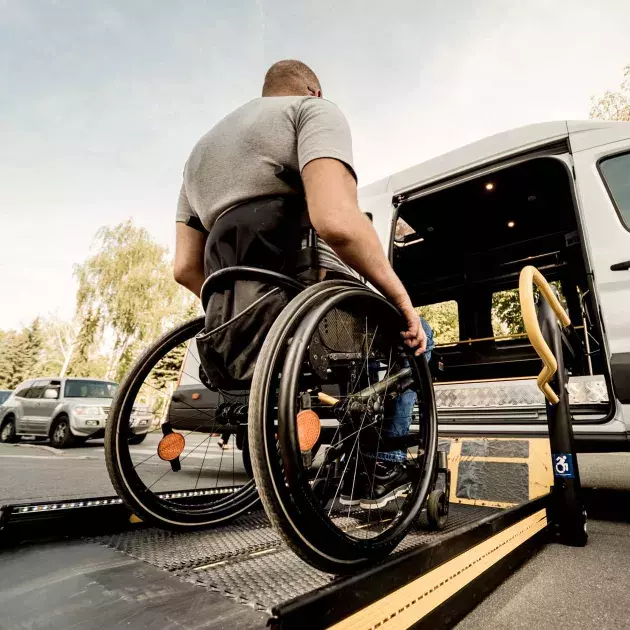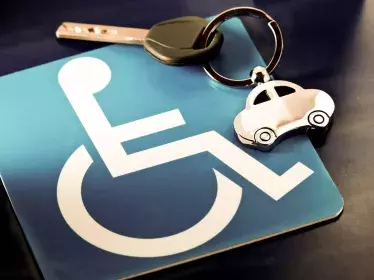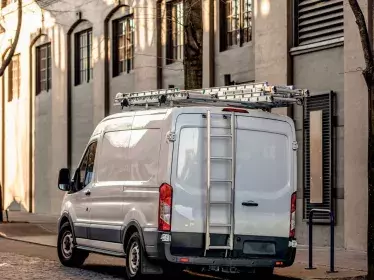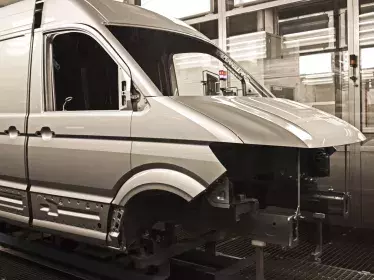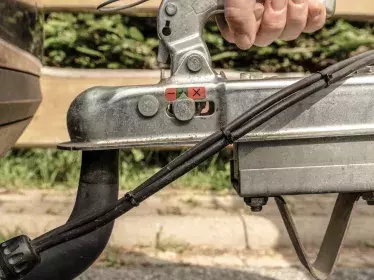The vehicles are not originally designed to meet the specific needs of people with disabilities. Specialist companies offer fitting solutions for accessing the passenger compartment cabin and/or modifying the equipment. The adaptations allow you to benefit from adapted driving or to be transported in complete safety.
Different stages
1. Determine your needs
When working this out, you can get information from your doctor, physiotherapist or occupational therapist. The multidisciplinary team at CARA is also available to determine your driving ability, modifications to be made to the vehicle, and any possible restrictions on your driving licence. Specialist companies will also be able to provide you with suggestions.
2. Choose your vehicle
Dealers will guide you through your search and the different stages. Some people are used to working with specific companies, but that is up to you. The range of light commercial vehicles means it is easier to meet more considerable conversions, while an automatic gearbox makes it easy to drive.
3. Consult a professional
Companies that offer a service for adapting a vehicle for PRM have the expertise and solutions they need to make the vehicle compatible with the specific type of handicap. They will confirm that the chosen model can undergo the necessary modifications. You may need to visit the site so that some adjustments can be made during the adaptation process. They will also ensure that the work is certified.
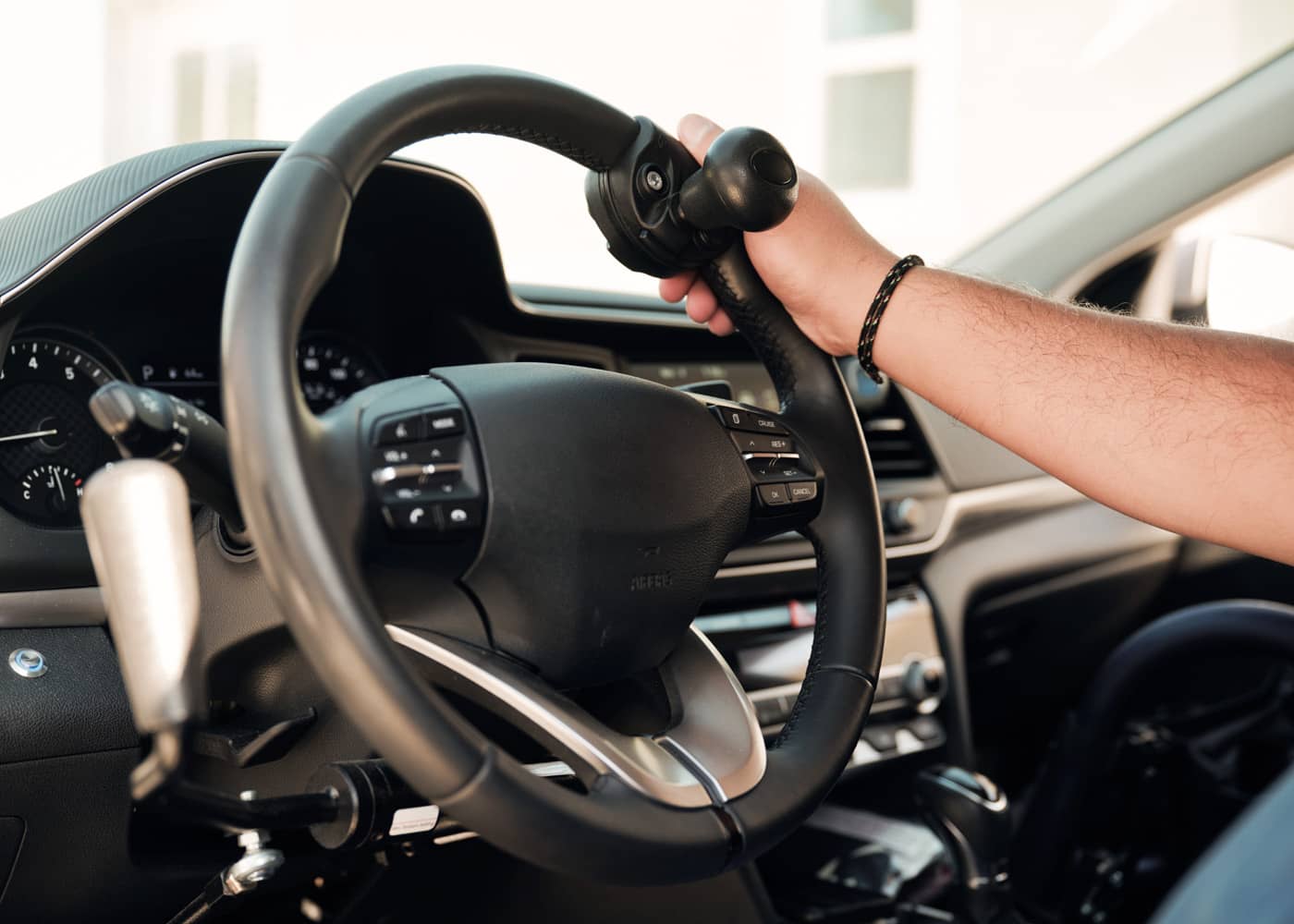
Equipment
There are lots of available alternative driving systems and they can be customised to suit the disability. Here are some of the options:
- accelerator and brake on the steering wheel
- modifications to pedals
- joystick control, mini steering wheel or handlebar steering wheel
- driving while in a wheelchair
- adapted control device
- motorised tailgate
- swivel seat
- loading robot
- electric footboard and handles
- modifications to the seat belt
If it is a question of transporting a person with reduced mobility, then other arrangements can be put in place:
- ramps and access platforms
- an electric winch
- flooring, anchor points, belts or harnesses
- clearing of space to accommodate a wheelchair
- special arrangements for children
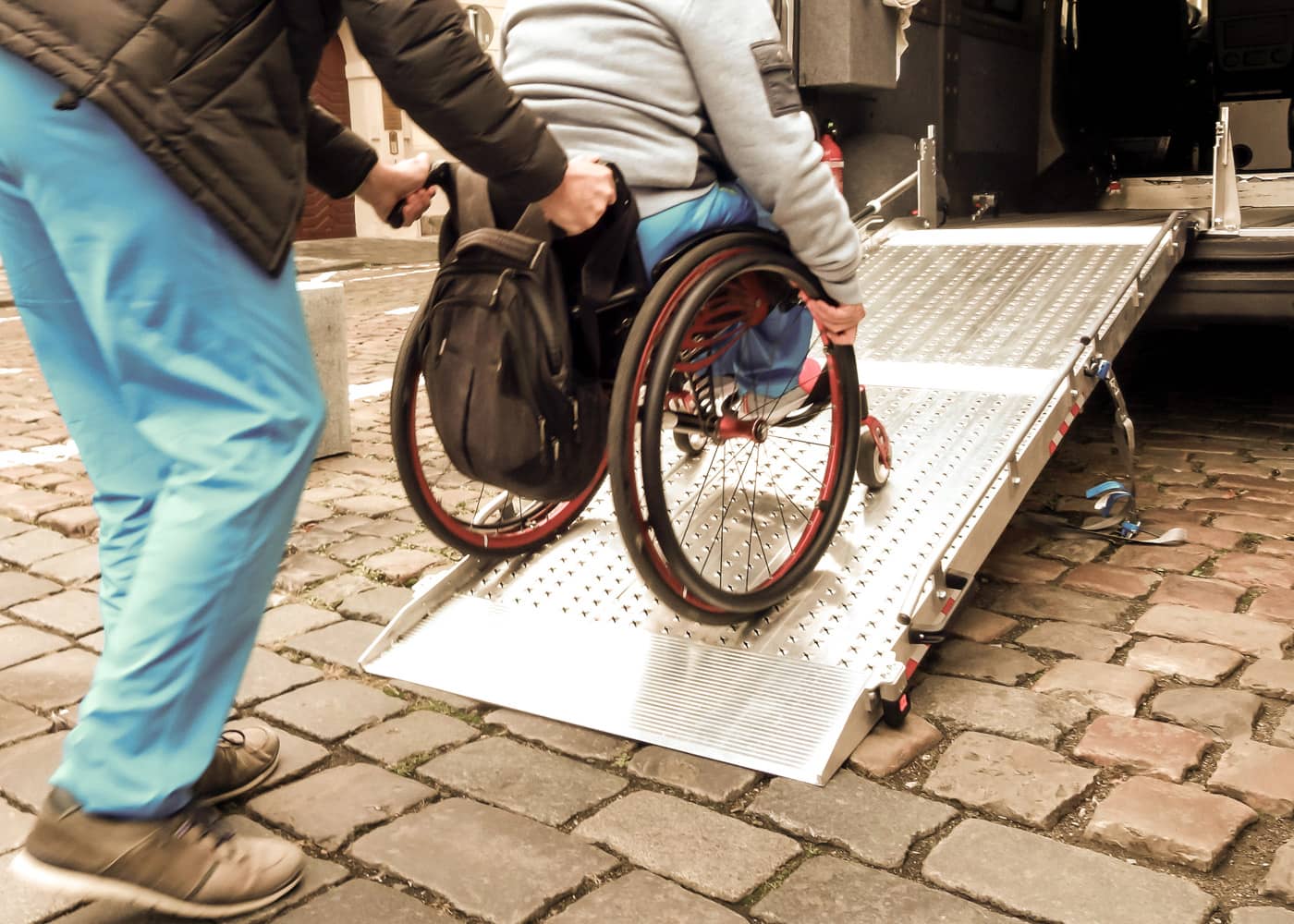
It will take some time to adapt to driving your vehicle or using your equipment. There is constantly evolving research and innovation to benefit the independence of persons with reduced mobility and to be able to offer them a range of equipment that combines reliability, simplicity and safety.


